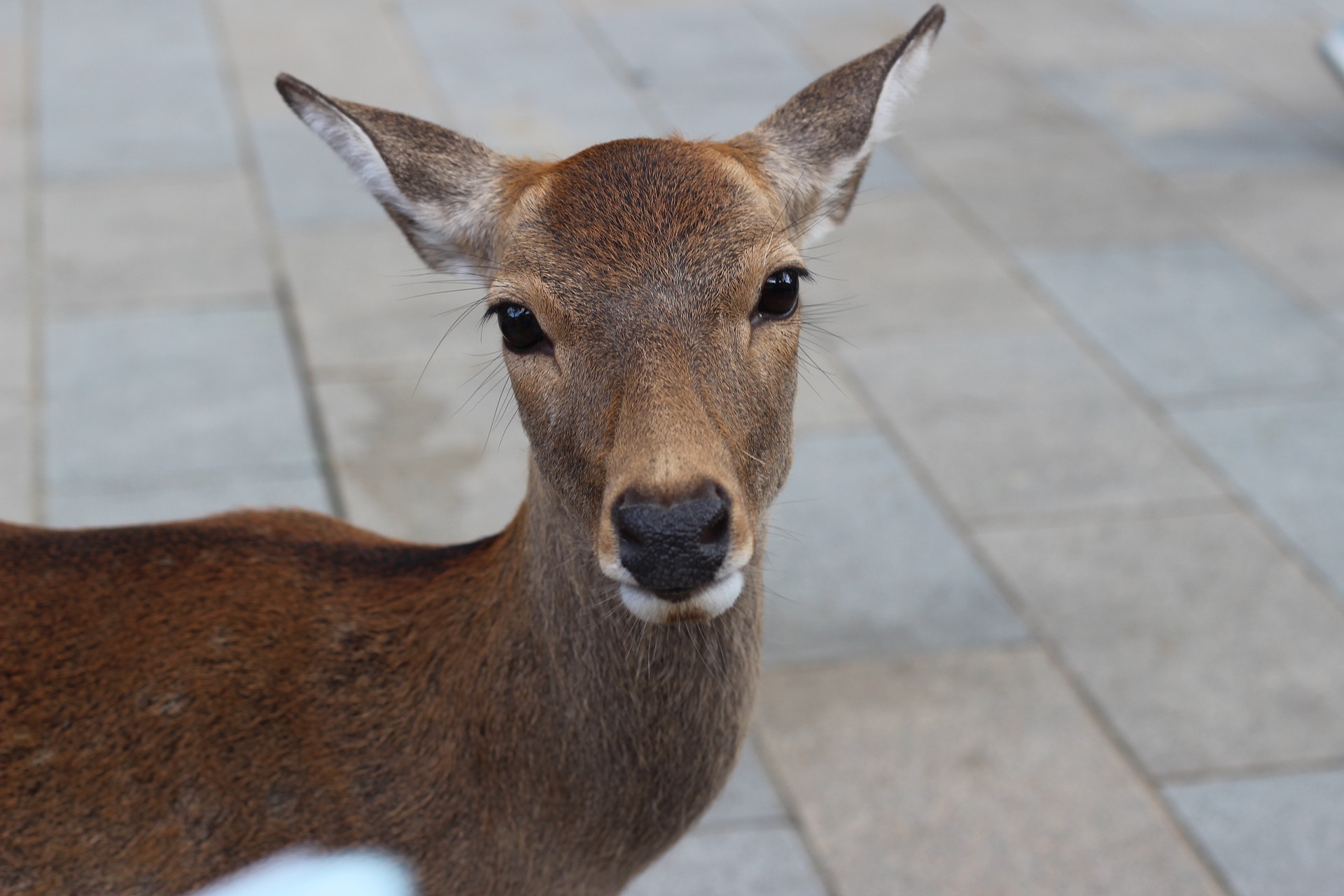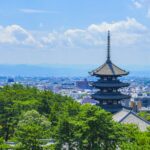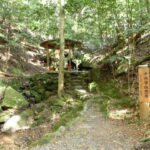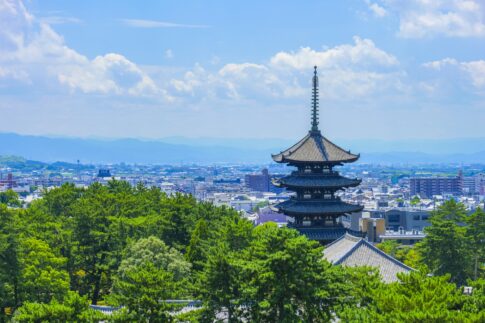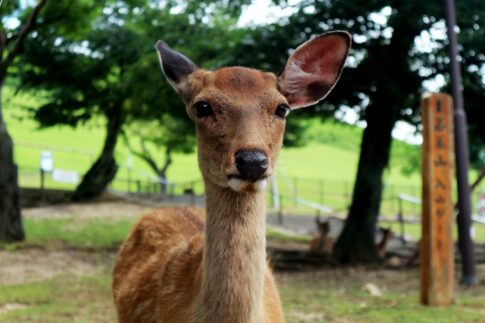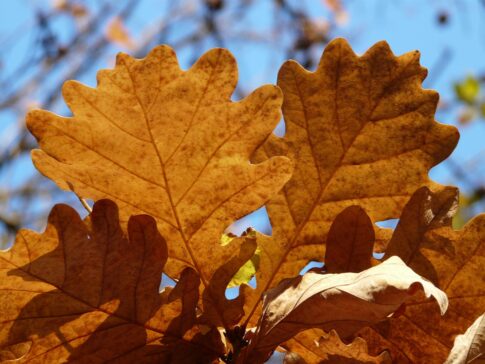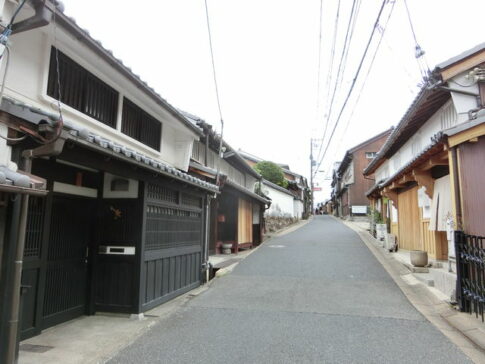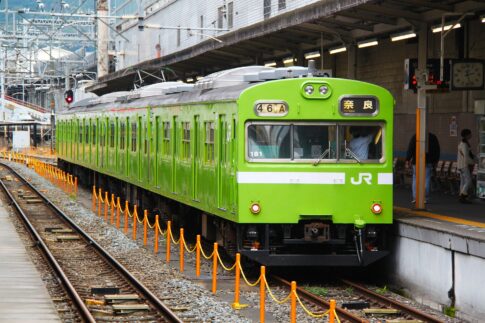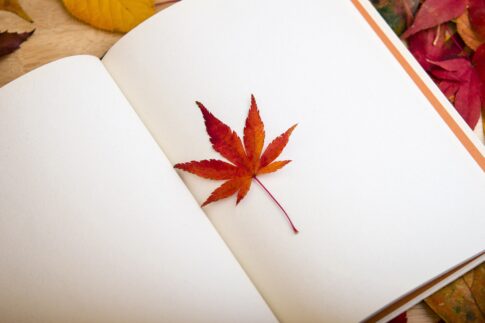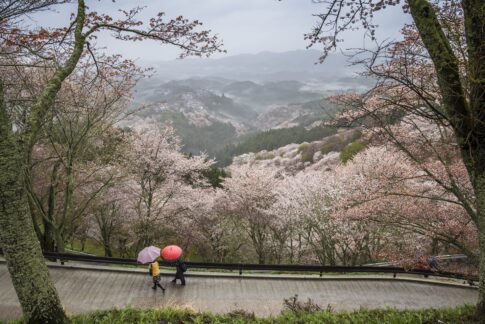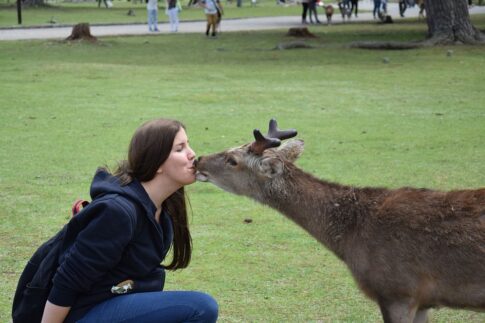Today we will introduce 4places that you should not miss when you visit Nara.
While there are so many attractive places in Nara, please try some of the following places if you like!
4places to tour in Nara Prefecture
1. Nara City
Nara City is the center of Nara Prefecture and the most famous area in Nara.
There are many World Heritage Sites. We pick up 2sites of them.
- Todai-ji Temple
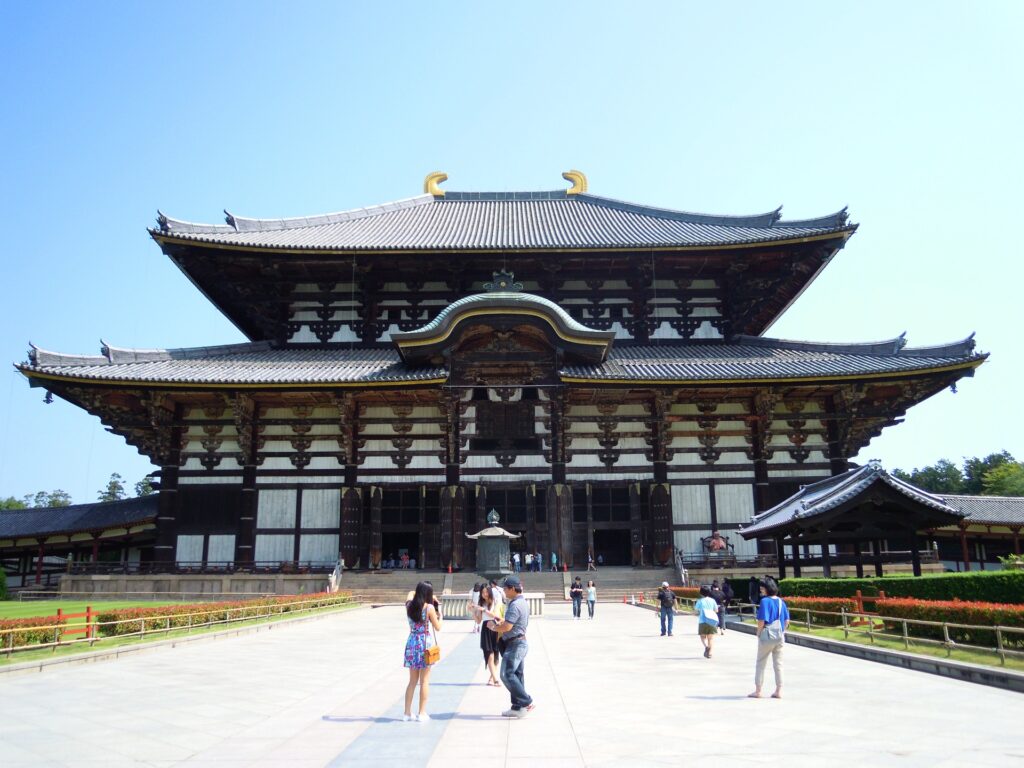
Known as the Great Buddha of Nara, this representative temple of the Nara period was built in Heijo-kyo, the capital of Nara, as the center of all national temples.
The Great Buddha Hall is one of the largest wooden structures in the world.
In 743 (Tempyo 15), Emperor Shomu issued an imperial decree for the construction of the Rushana Daibutsu (Great Buddha), wishing for the prosperity of all living beings.
The Great Buddha was showed to the public in the 4th year of Tempyo Shoho (752). Since then, pagodas were built one after another, and it took nearly 40 years to complete the temple complex.
Even after the capital moved to another location, the temple continued to be a place of worship for the Daibutsu (Great Buddha).
However, in 1180, the Great Buddha Hall and most of the temple buildings were lost to the forces of Taira Shigehira.
The temple was rebuilt by Shigen Shonin, but was destroyed by fire again in 1567 during the Miyoshi-Matsunaga War, leaving only a few buildings.
Most of the present buildings were rebuilt during the Edo period by Priest Kokei and others, but the Hokke-do, Tenjimon gate, Nandaimon gate, and other buildings are national treasures representing their respective periods.
The temple still retains many cultural assets, including Hokke-do, Tenjimon, Nandaimon, and other national treasures representing various periods of Japanese history.
- Kasugataisha Shrine
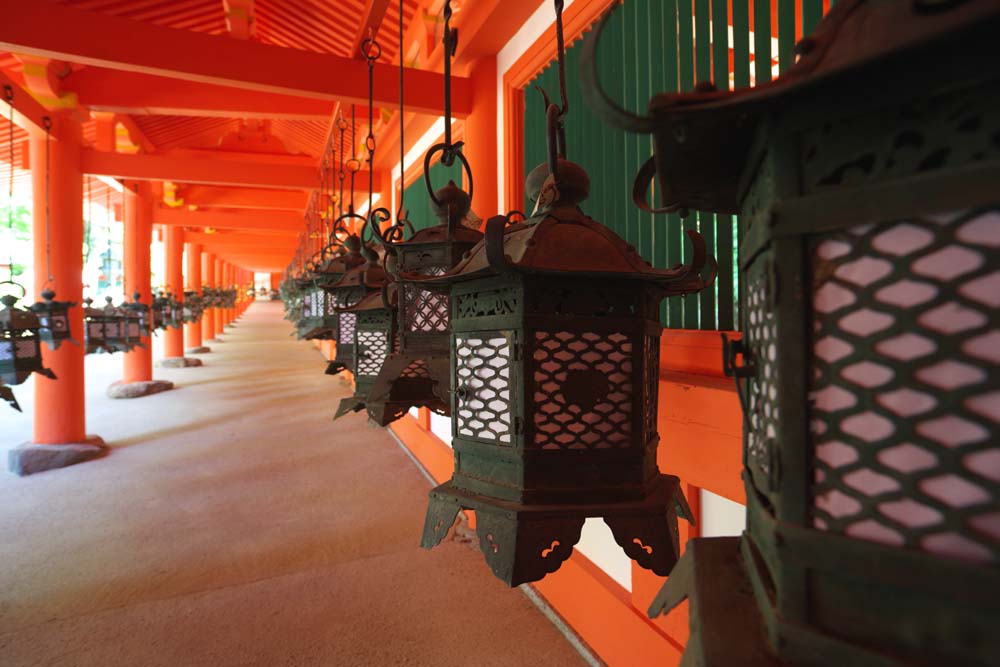
The shrine is said to have originated in the early Nara period (710-794), when Takemikazuchi no Mikoto of Kashima, Ibaraki Prefecture, was enshrined at the top of Mikasa Mountain to protect the Heijo-kyo Capital.
In 768 (Jingo-Keiun 2), by order of Emperor Shoutoku, the shrine was built at its present location, and Futsunushi no Mikoto from Katori, Chiba Prefecture, and Amenokoyane no Mikoto and Himegami from Hiraoka, Osaka Prefecture were also enshrined there.
In the Heian period (794-1185), the Imperial family and aristocrats began to visit Kasuga, and with the establishment of the ceremonial annual rebuilding of the shrine every 20 years, the main shrine and other buildings were enlarged to their present scale.
In the medieval period and later, the faith spread to samurai families and common people, and more than 3,000 branch shrines were built in various parts of Japan.
The shrine’s precincts are filled with stone lanterns and hanging lanterns of various shapes, known as “Mantoro,” many of which were donated by commoners, which shows the depth of the faith of the common people.
The “Mantoro” ritual, in which all the lanterns are lit on fire, is held every February on Setsubun day and August 14 and 15, attracting many worshippers with its fantastic beauty.
2. Ikoma City
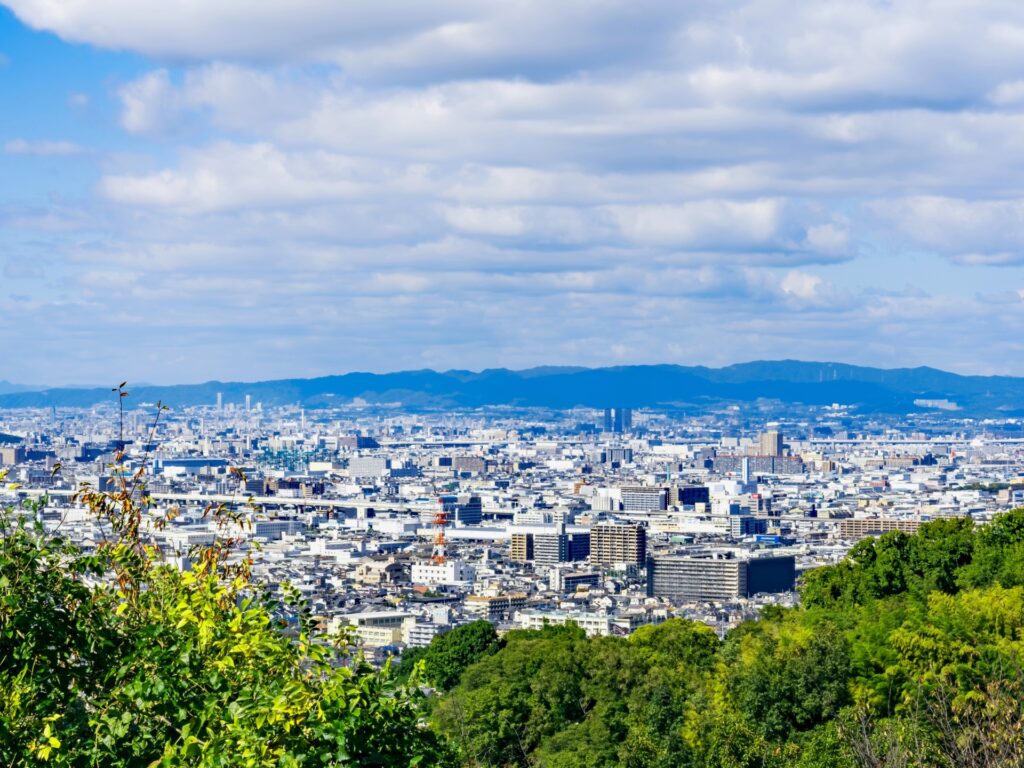
Ikoma City is located in the northwestern part of Nara Prefecture and developed as the gate town of Ikoma Shoten and Hozanji temples, which were founded in the Edo period.
Ikoma City is rich in nature and historical cultural assets, and is also known as a bedroom town for Osaka and Nara Cities.
Here we introduce the charms and highlights of Ikoma City..
- Ikoma Mountain Amusement Park
In the long-established amusement park with free admission, you can enjoy beautiful night views. Located on the summit of 642-meter-high Mt. Ikoma, this is a long-established family amusement park that opened in 1929.
It can be reached by riding the Kintetsu Ikoma Cable from Ikoma Station.
The park offers a variety of attractions for parents and children, including a carousel, go-carts, whitewater slides, and the oldest “flying tower” in Japan.
Visitors can also enjoy the spectacular view of the city of Osaka, the Akashi Kaikyo Bridge, Nara, Kyoto, etc.
The night view during nighttime operation in summer is also very popular. Admission is free.
3. Asuka Area
Asuka area is famous for the place where the central government was located during the Asuka period.
The Asuka period (1400 years ago) was a time when women were very active and shined.
Female emperors were born one after another, and they governed with their unique sensibilities.
Women also made remarkable strides in religion and literature.
Why did these women lead Japan as a nation?
The answer is surely to be found in Asuka, the origin of Japan’s female power.
We will introduce some spots where you can enjoy the historical place, Asuka area!
- Takamatsuzuka burial mound(Takamatsuzuka Kofun)
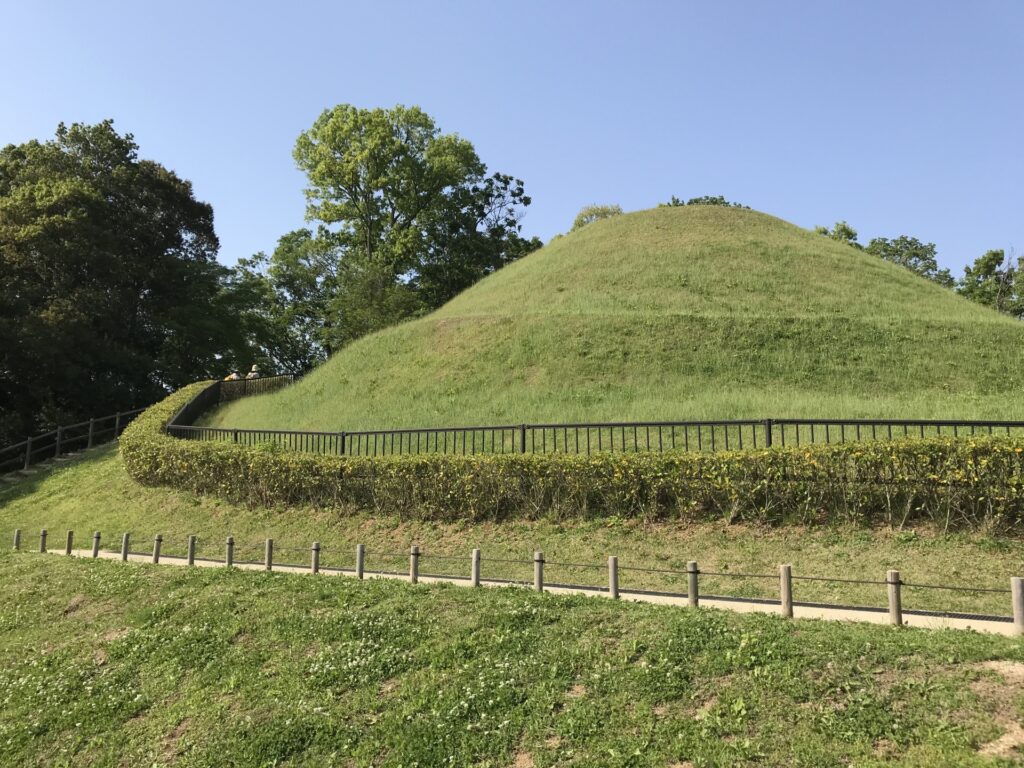
Takamatsuzuka Kofun Tumulus is an ancient burial mound built between the late 7th and early 8th centuries, located in Oaza Hirata, Asuka Village, Takaichi County, Nara Prefecture.
There is a record from the Edo period (1603-1867) that the mound was called Takamatsuyama because of the pine tree at the top of the mound.
The 23-meter-diameter round burial mound has a stone chamber made of hewn stones from Nijo-san tuff.
Inside the chamber, fragments of a lacquered wooden coffin, a sea-animal grape mirror, coffin fittings, and other artifacts were excavated.
4. Sakurai City
Sakurai City is also place worth visiting. There are some famous temples.
- Hasedera Temple
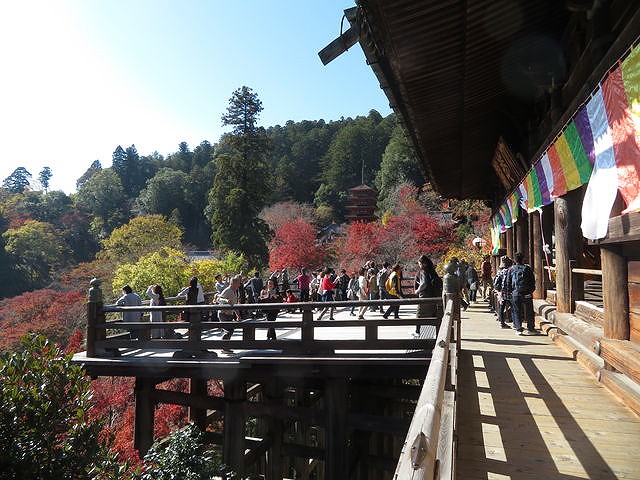
Hasedera Temple is the head temple of the Toyozan school of the Shingon sect, and is widely known as the 8th temple of the 33 sacred places in the western part of Japan, with more than 3,000 temples and 3 million parishioners throughout the country.
The morning service is a memorial service to offer offerings to the principal deity, the eleven-faced Avalokitesvara Bodhisattva, and is held at the following times every day except New Year’s Day, to allow visitors to experience the “prayers” that have been continuously offered for over 1,000 years in Hatsuse, the village of the Hidden Country.
The general public is also welcome to visit the temple (500 yen) and experience the spirituality of Hase at “Hatsuse,” the village of Komoriku.
Summary
We explained about 4places: Nara City, Ikoma City, Asuka Area, Sakurai City, that Nara travelers must go.
We recommend to staying a couple of days in Nara and touring around!
